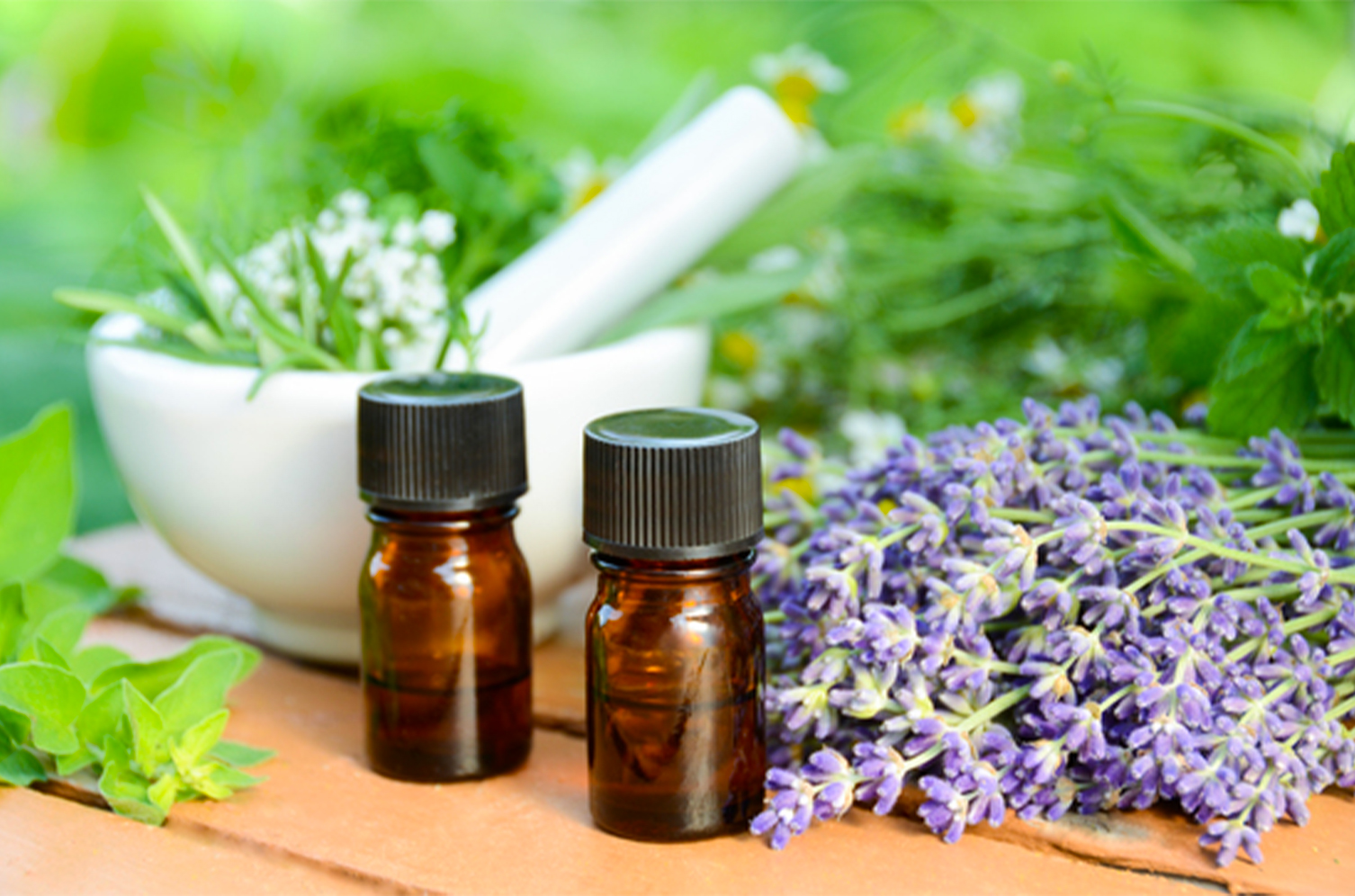History of Aromatherapy
| | History of Aromatherapy |
| The history of Aromatherapy dates back at least to 4000 BC, although the term “aromatherapy” was first used in the 1920s by the French chemist René Maurice Gattefossé who accidentally discovered in his laboratory that lavender oil relieves pain and assists minor burns in healing. It is historically proved that the ancient Egyptians, Greeks, Romans, and Persians used to use aromatherapy oils, aromatic plants were also known in ancient China. Moreover, there is historical evidence in the Bible for the use of plants and oils for therapeutic but also religious aims. In ancient Egypt, plant oils were widely used for cosmetics, spiritual relaxation, as well as for embalming and mummification of their deads. At that age, on special occasions women and men used to wear on their heads a gradually-melting solid cone that released its fragrance. As a consequence of the Egyptians’ love for aromatic plants and herbs, the fragrance industry and aromatic medicine were developed more than in any other ancient culture. |
|
|
| The history of Aromatherapy leads us to Ancient Greece. Greeks borrowed many healing and relaxation techniques from the Egyptians. They used herbs and aromatherapy oils for medicines and cosmetics. Asclepius (circa 1200 BC) is the first known physician in history who experimented with herbs and plants in his surgeries. Hypocrites (circa 400 BC), “the father of medicine”, studied the beneficial effects of hundreds of scented plants and herbs. He believed that good health can be promoted with aromatic baths and oil massage and therefore surgeries should be avoided when possible. Other Greek physicians who dealt with herbs and aromatic oils are Pedacius Dioscorides and Theophrastus who prescribed herbal and aromatic remedies. |
| The Romans developed the Egyptian and Greek techniques for distillation and extraction of aromatic floral waters taking advantage of their knowledge of the natural medicines. The most well-known physician of that age was the Greek Claudius Galen (circa 150 AD) who after studying herbal medicine and treating hundreds of wounded gladiators with botanical remedies, he became the personal physician of the Roman Emperor Marcus Aurelius. The next important step in the history of Aromatherapy was made by the Persian civilization. Ibn Sina, a great physician of the age, known in Europe as Avicenna (circa 1000 AC), invented a pipe which steam distilled the plants and produced true essential oils and not aromatic waters as in the past. Along with the exploration of the East, merchants brought to Europe new aromatherapy remedies and a rich variety of exotic plants and herbs. |
|
| During the Renaissance in Europe, many wealthy people used aromatic handkerchiefs to avoid unpleasant smells and protect themselves from microbes. Moreover, essential oils were used in fumigation of hospitals. At the same period of the history of Aromatherapy, physicians, pharmacists and chemists used to distillate more plants to create essentials oils and many of them published books about aromatic remedies and the use of aromatherapy essential oils for relaxation and pharmaceutical purposes. | |
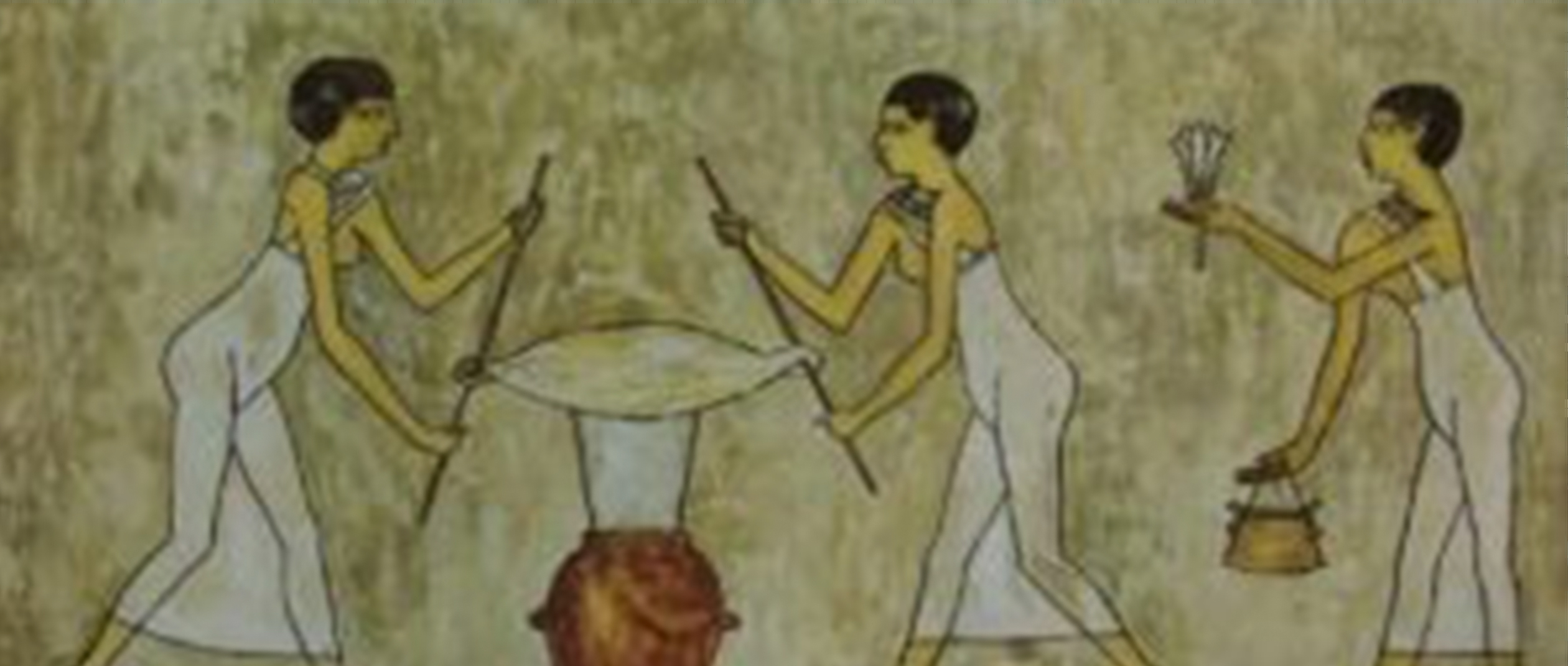 | |
| As years went by, “apothecaries” who were herbalists and medical practitioners engaged in the formulation and prescription of pharmaceutical remedies, started to sell herbals, essential oils and fragrances. Consequently, many essential oil industries were established throughout Europe, providing oils for the pharmaceutical, flavour and fragrance purposes. The history of aromatherapy continues during the 20th century, when many aromatherapists contributed their knowledge to aromatherapy and created more natural products and more effective and pleasurable techniques. As mentioned before, the French chemist René Maurice Gattefossé was the first to introduce the term “aromatherapy” in 1928. | A follower of Gattefossé, a French army doctor called Jean Valnet, started working with essential oils in order to treat wounded soldiers and heal gangrene during the Second World War. The idea was further developed by an Austrian biochemist named Marguerite Maury that used essential oils as an integral part of healing massage and practiced the use of aromatherapy for cosmetic benefits. The results and techniques experimented by Valnet, Maury and her co-researcher Micheline Arcier’s are considered as the basis of modern aromatherapy that today is taught all over the world. |
|
| The first book in the history of Aromatherapy published in the English language was the “Art of Aromatherapy” written by the English aromatherapist Robert B. Tisserand in 1977. Another classic book dedicated to medicinal herbs is “Health through God’s Pharmac”. Nowadays, the popularity of essential oils and aromatherapy rises throughout the world. Numerous studies and books about Aromatherapy and the healing power of essential oils are published and more natural products are created for therapeutic, cosmetic and aromatic benefits. |
| | History of Aromatherapy |
The history of Aromatherapy dates back at least to 4000 BC, although the term “aromatherapy” was first used in the 1920s by the French chemist René Maurice Gattefossé who accidentally discovered in his laboratory that lavender oil relieves pain and assists minor burns in healing.
It is historically proved that the ancient Egyptians, Greeks, Romans, and Persians used to use aromatherapy oils, aromatic plants were also known in ancient China.
Moreover, there is historical evidence in the Bible for the use of plants and oils for therapeutic but also religious aims.
In ancient Egypt, plant oils were widely used for cosmetics, spiritual relaxation, as well as for embalming and mummification of their deads. At that age, on special occasions women and men used to wear on their heads a gradually-melting solid cone that released its fragrance.
As a consequence of the Egyptians’ love for aromatic plants and herbs, the fragrance industry and aromatic medicine were developed more than in any other ancient culture.
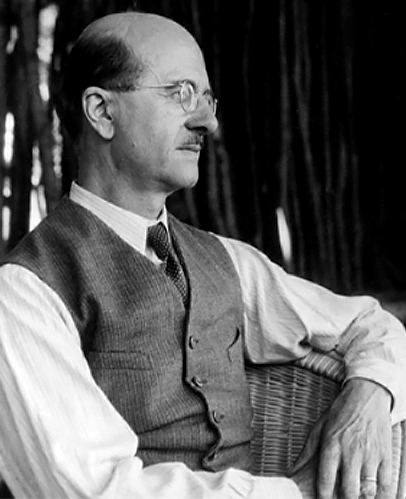
René-Maurice Gattefossé
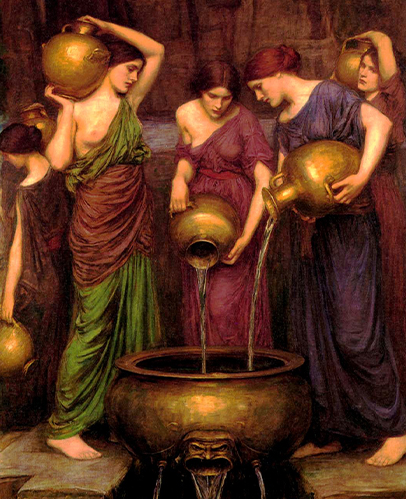
The history of Aromatherapy leads us to Ancient Greece. Greeks borrowed many healing and relaxation techniques from the Egyptians. They used herbs and aromatherapy oils for medicines and cosmetics. Asclepius (circa 1200 BC) is the first known physician in history who experimented with herbs and plants in his surgeries.
Hypocrites (circa 400 BC), “the father of medicine”, studied the beneficial effects of hundreds of scented plants and herbs.
He believed that good health can be promoted with aromatic baths and oil massage and therefore surgeries should be avoided when possible. Other Greek physicians who dealt with herbs and aromatic oils are Pedacius Dioscorides and Theophrastus who prescribed herbal and aromatic remedies.
The Romans developed the Egyptian and Greek techniques for distillation and extraction of aromatic floral waters taking advantage of their knowledge of the natural medicines.
The most well-known physician of that age was the Greek Claudius Galen (circa 150 AD) who after studying herbal medicine and treating hundreds of wounded gladiators with botanical remedies, he became the personal physician of the Roman Emperor Marcus Aurelius.
The next important step in the history of Aromatherapy was made by the Persian civilization. Ibn Sina, a great physician of the age, known in Europe as Avicenna (circa 1000 AC), invented a pipe which steam distilled the plants and produced true essential oils and not aromatic waters as in the past.
Along with the exploration of the East, merchants brought to Europe new aromatherapy remedies and a rich variety of exotic plants and herbs.
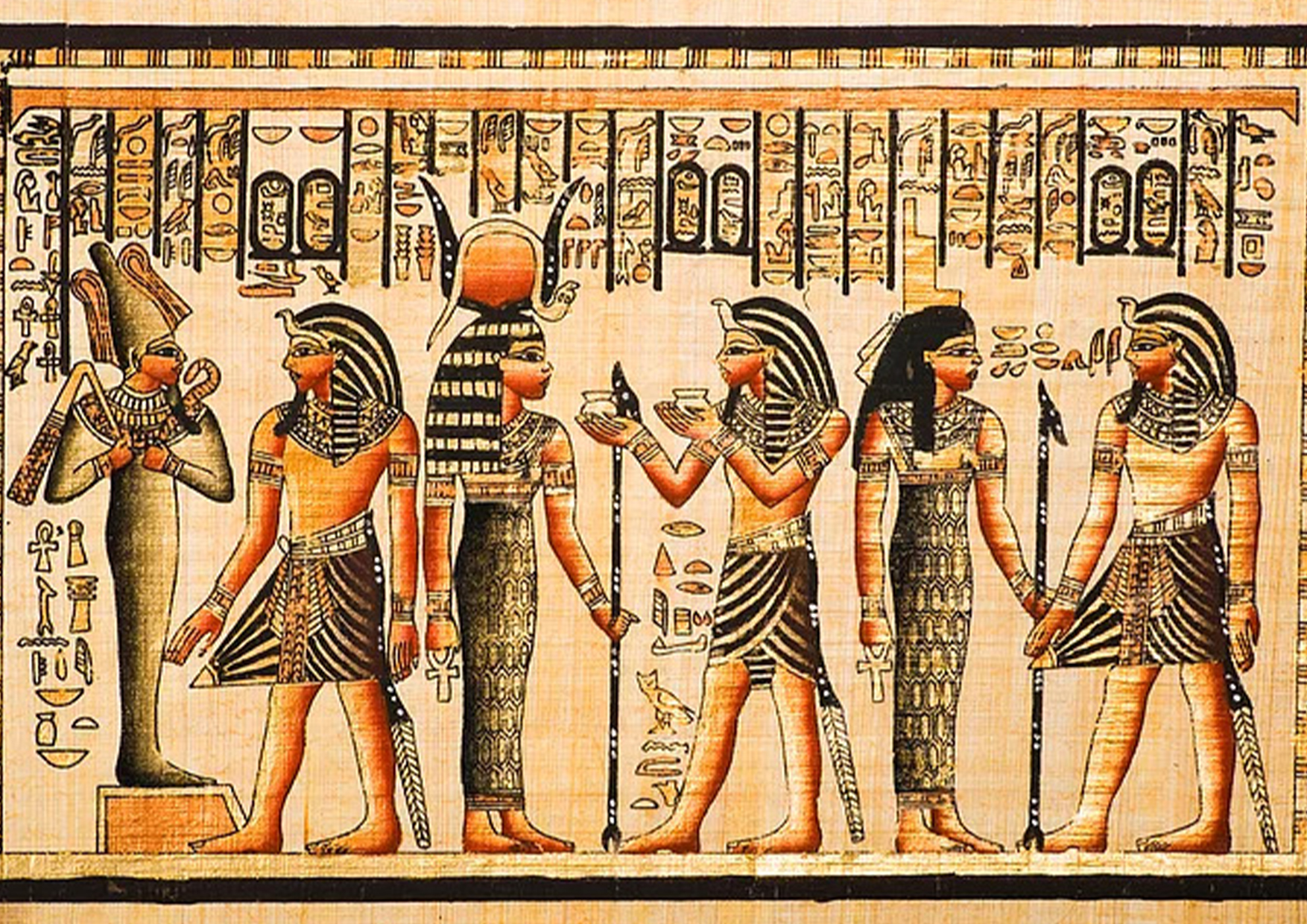
During the Renaissance in Europe, many wealthy people used aromatic handkerchiefs to avoid unpleasant smells and protect themselves from microbes.
Moreover, essential oils were used in fumigation of hospitals. At the same period of the history of Aromatherapy, physicians, pharmacists and chemists used to distillate more plants to create essentials oils and many of them published books about aromatic remedies and the use of aromatherapy essential oils for relaxation and pharmaceutical purposes.

As years went by, “apothecaries” who were herbalists and medical practitioners engaged in the formulation and prescription of pharmaceutical remedies, started to sell herbals, essential oils and fragrances.
Consequently, many essential oil industries were established throughout Europe, providing oils for the pharmaceutical, flavour and fragrance purposes.
The history of aromatherapy continues during the 20th century, when many aromatherapists contributed their knowledge to aromatherapy and created more natural products and more effective and pleasurable techniques.
As mentioned before, the French chemist René Maurice Gattefossé was the first to introduce the term “aromatherapy” in 1928.
A follower of Gattefossé, a French army doctor called Jean Valnet, started working with essential oils in order to treat wounded soldiers and heal gangrene during the Second World War.
The idea was further developed by an Austrian biochemist named Marguerite Maury that used essential oils as an integral part of healing massage and practiced the use of aromatherapy for cosmetic benefits.
The results and techniques experimented by Valnet, Maury and her co-researcher Micheline Arcier’s are considered as the basis of modern aromatherapy that today is taught all over the world.
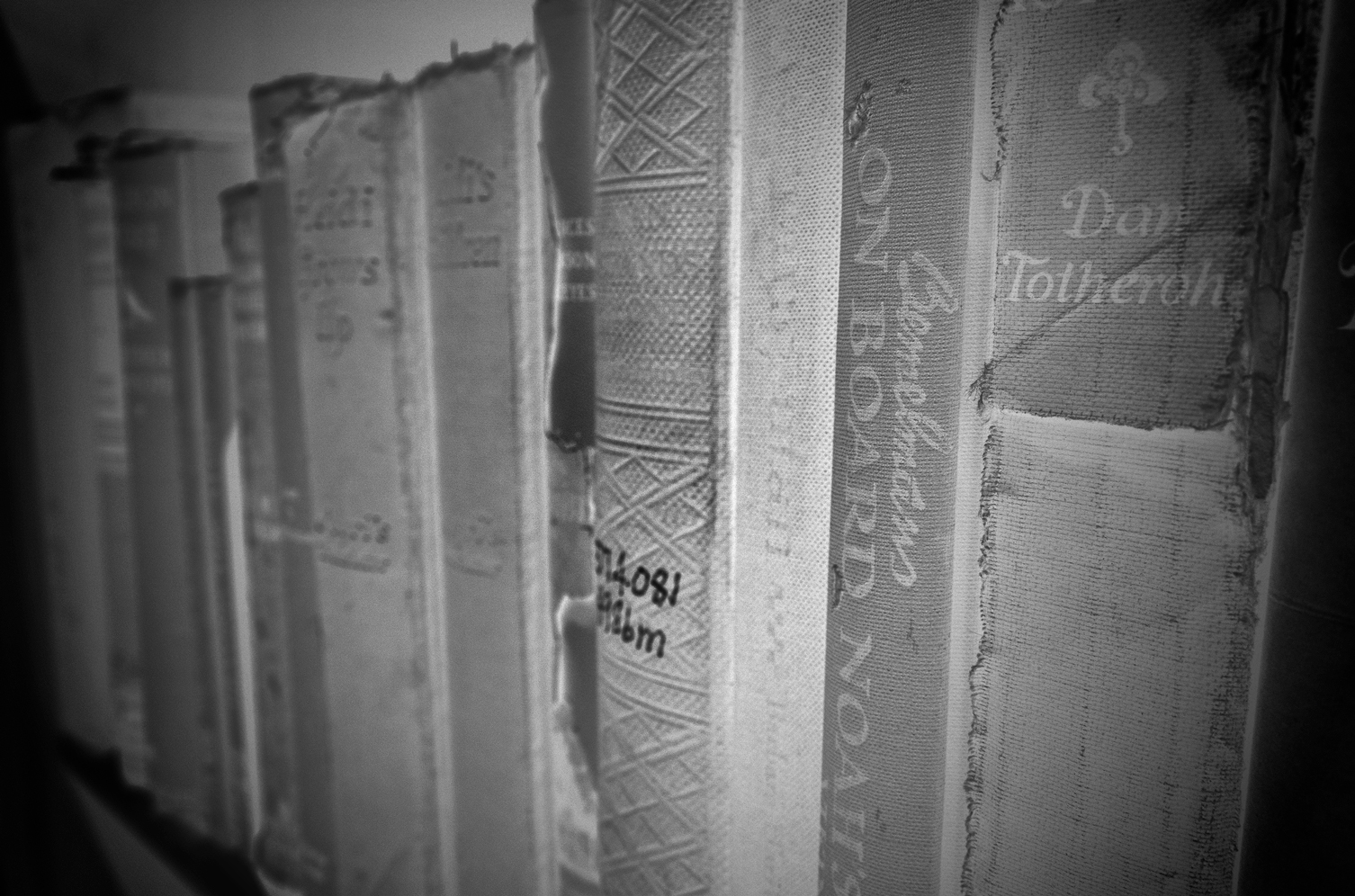
The first book in the history of Aromatherapy published in the English language was the “Art of Aromatherapy” written by the English aromatherapist Robert B. Tisserand in 1977.
Another classic book dedicated to medicinal herbs is “Health through God’s Pharmac”. Its author, the Austrian Herbalist Maria Treben, claimed that “There is a plant for every illness”.
Nowadays, the popularity of essential oils and aromatherapy rises throughout the world. Aromatherapy has become fundamental for alternative and holistic medicine.
Numerous studies and books about Aromatherapy and the healing power of essential oils are published and more natural products are created for therapeutic, cosmetic and aromatic benefits.


